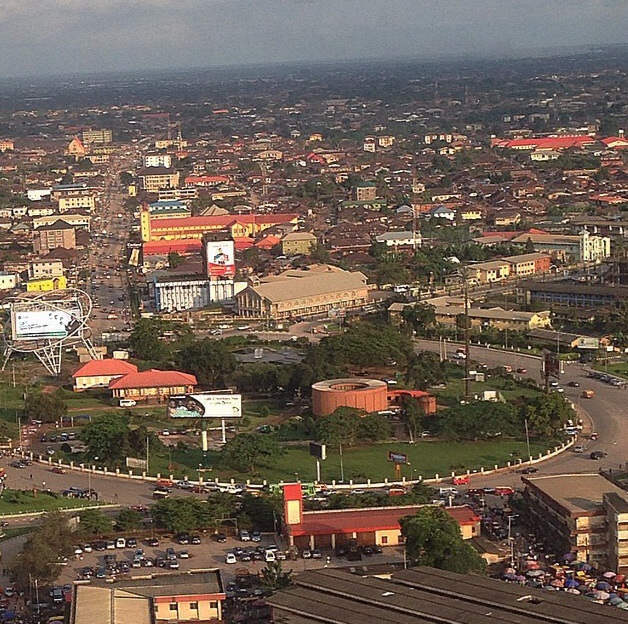Benin City, which is also known as Edo, is located in the southern region of Nigeria. It is the capital of Edo state and in 2016 boasted a population of 1,500,000 people making it the largest city in the state as well as the fourth-largest city in Nigeria. It is approximately 25 miles north of the Benin River and near a number of main highways that connect Lagos to the Eastern states.
The history of Benin City and the surrounding area dates back to the 900s when it was settled by the Edo people. It became the principal city of the kingdom of Benin and flourished over the kingdom’s existence between the 13th and 19th centuries. In 1897, despite being told not to enter the city during a religious festival, a British expedition attempted to do so anyway. Many of the British soldiers were killed as they approached the city limits. The British retaliated by invading and conquering the Kingdom of Benin. The city itself was pillaged for its numerous treasures and was subsequently burned down. Benin City, which was later rebuilt, and the kingdom were then incorporated into British Nigeria.
Benin City became the capital of Edo State in 1963 following Nigeria’s independence from Great Britain in 1960. This designation caused commerce, industry, and government establishments to develop within the city while markets and roads were established throughout the region in addition to nearby ports. In 1967 and 1975, the University of Benin was founded, a teaching hospital was established in the city, social services were expanded, and the urban transportation network was improved. Benin City’s transformation during this decade led to a rapid population increase as outlying commercial and residential areas were developed. Today, Benin City is an important hub for rubber production in Nigeria and is also an exporter of palm oil and palm kernels. In addition, the city processes lumber and produces beer, furniture, and soft drinks.
The rich culture and history of Benin City can be appreciated in many notable buildings and sites throughout the city. The Royal Palace of the Oba of Benin, which was one of Nigeria’s listed heritage sites, is at the center of the city. It was rebuilt after its destruction in 1897 and now houses the Oba, or traditional ruler, of the Edo people. Although the kingdom of Benin no longer exists, the Oba still retains advisory and traditional roles within the state and national governments. Benin City is also internationally known for its brass works, termed “bronzes,” and ivory wood carvings. Notable remaining pieces are kept at the Benin City National Museum along with other works.

